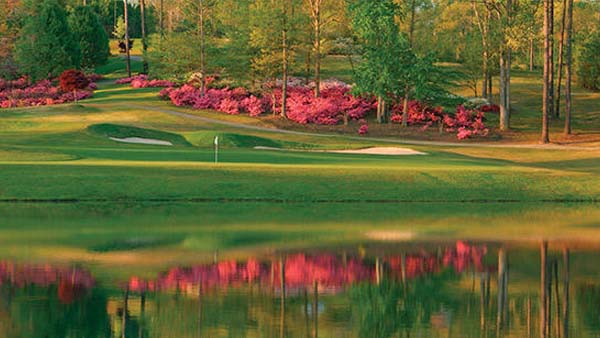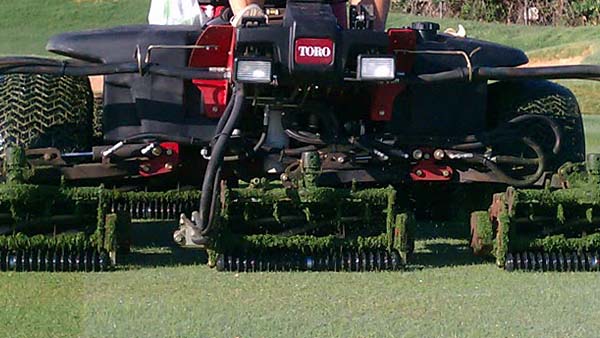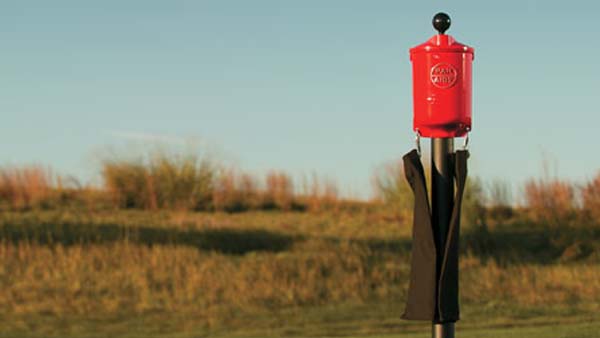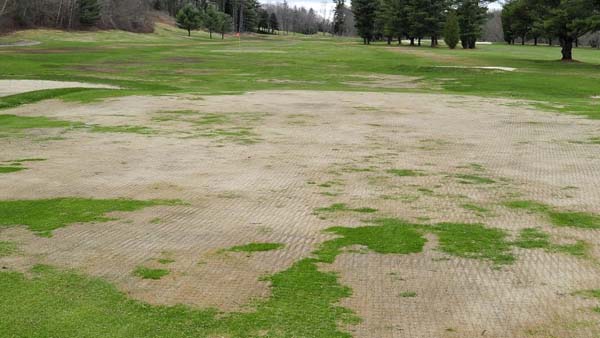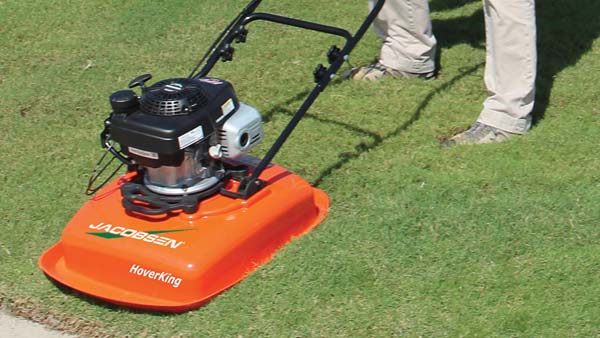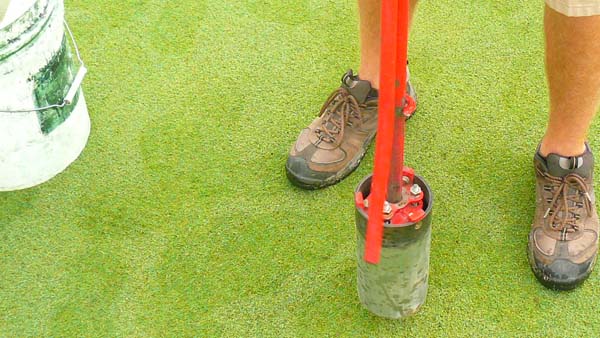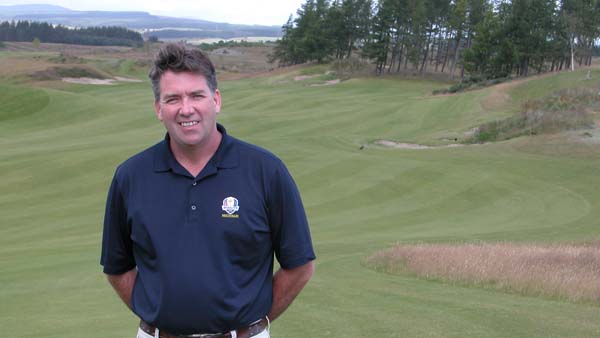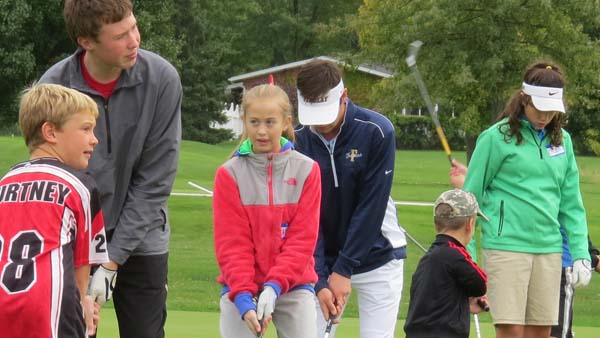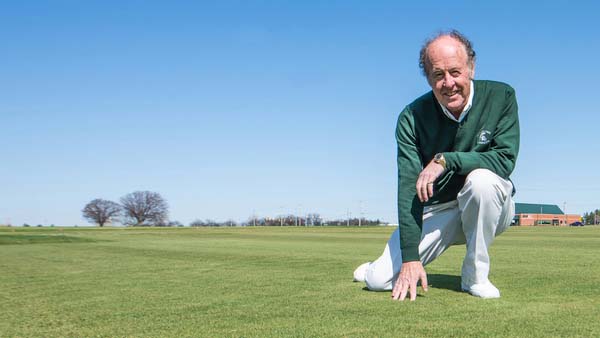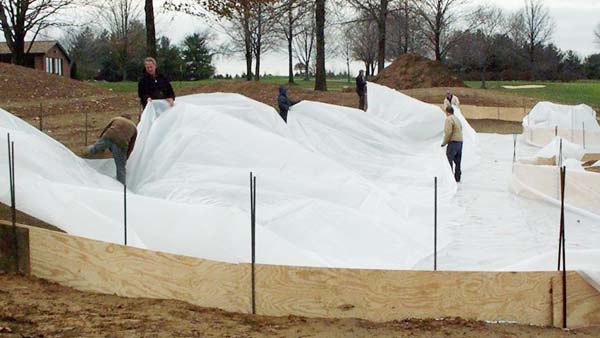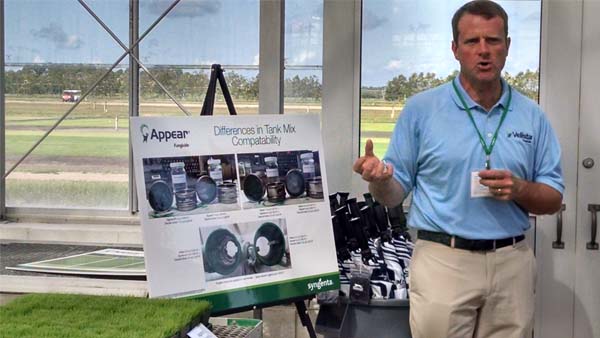

"(T)heir technologies will now be key data and informational sources of the OnGolf platform for our mutual customer base," OnGolf chief executive officer Walt Norley. OnGolf is a cloud-based, data-analytics software program that aggregates key line-item data and provides superintendents with information they need to manage soil conditions, water use, fertilizer and pesticide use, labor and more as efficiently as possibly. Founded by Norley, who brought golf UgMO (Advanced Sensor Technologies) and Matt Shaffer, director of grounds at Merion Golf Club, OnGolf was derived from an existing ag-based platform known as OnFarm. Based in California's farming region, OnFarm is a cloud-based data-aggregation platform that has been helping growers increase yield and reduce the cost of production for three years. OnFarm has more than 1,000 clients large and small. More than 1.3 million acres of agricultural land are under management with OnFarm since 2012. OnGolf's cloud-based system collects data from soil-monitoring technology and computerized irrigation systems, utilizes its own weather system and also can capture information such as fertilizer use, fungicide and pesticide inputs, and mowing schedules so superintendents can make informed decisions on inputs and other agronomic practices and manage human resources. By partnering with leading companies in each product sector, OnGolf is integrating products that already have a proven track record in golf course management, and now will be able to collaborate within the OnGolf platform. The plug-and-play model gives customers the ability to seamlessly navigate all of their systems in one place in real time. Superintendents can manage the information in an automated, cloud format on a browser or any mobile device. Davis Instruments, a privately held manufacturing company and developer of instruments for weather, marine, and automotive use, offers professional wireless or cabled weather stations designed to provide a high level of accuracy, reliability and ruggedness. Spectrum Technologies was founded in 1987 and is a leader in providing advanced soil-monitoring technology for agriculture, horticulture and turf markets. Motor Controls Inc., founded in 1980, manufactures control systems as well as complete packaged pumping systems. Campbell Scientific offers 41 years of experience in weather stations and systems and is a leader in dataloggers, data-acquisition systems, and measurement and control products, and ezLocator is a manufacturer of pin-placement software. GreenSight Agronomics has a drone-based imaging service that delivers 1-inch resolution image maps, NDVI maps and 3D terrain models. By next year, the company's services will include automatic daily over-flight to monitor soil moisture, detect pests/pathogens, and deliver daily alerts related to these causes. Finally, Growing Solutions Inc. is a leader in pH control, providing cutting-edge technology for golf and maintenance facilities.
"The customer is the driving force for our partnerships," Norley said. "Our business model is to include all hardware and software products on our platform based on what the customer currently has in on their course, or wants to have on their course. This offers customers a seamless experience with automation of data coming from these products which eliminates any manual inputting except Stimp meter readings and mowing practices."
- Read more...
- 2,919 views

